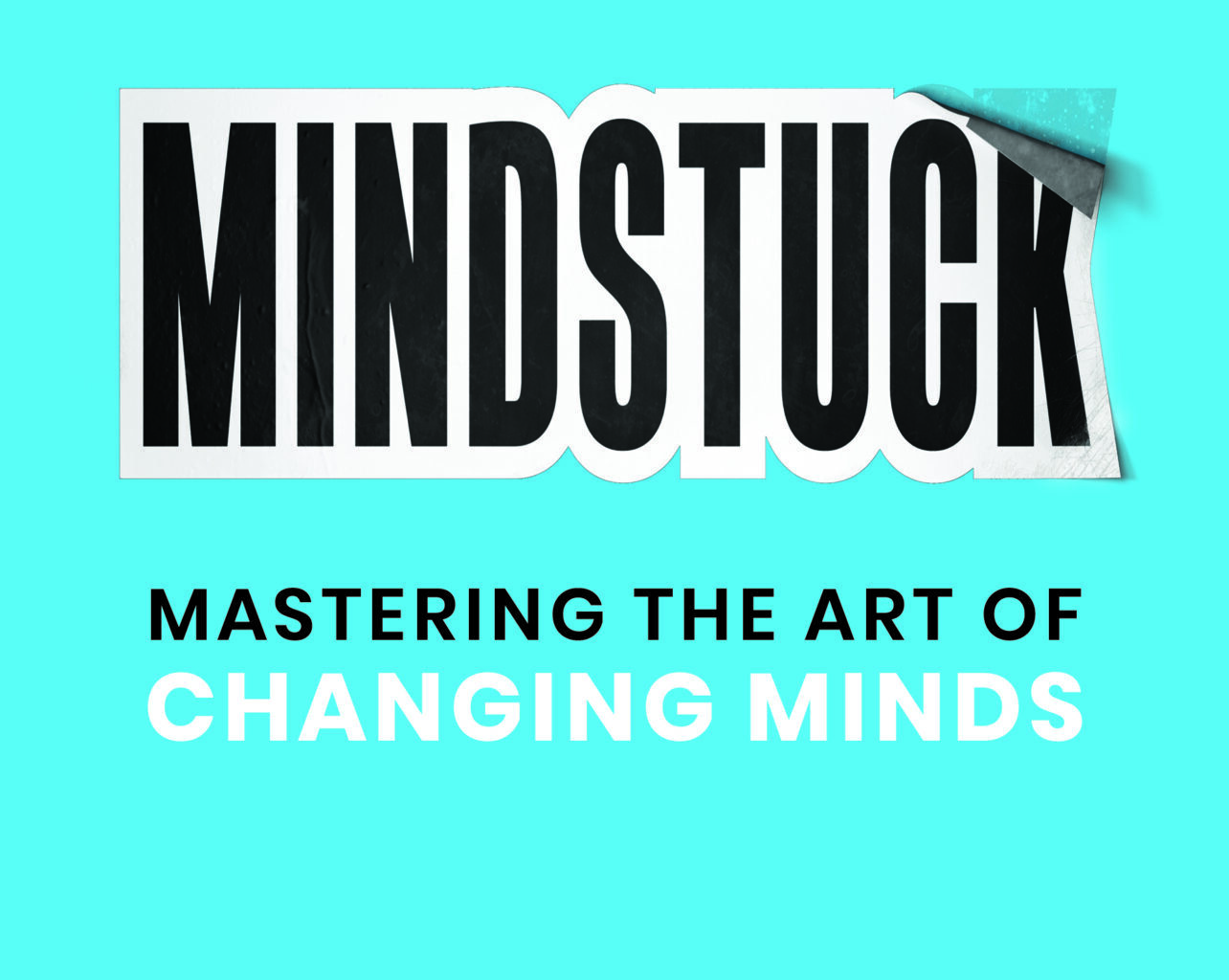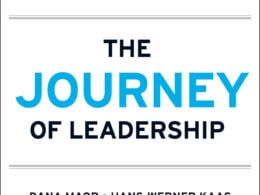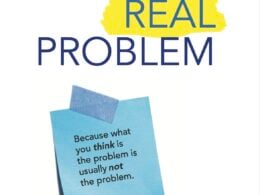The following is an excerpt from Mindstuck: Mastering the Art of Changing Minds by Michael McQueen (Dec. 5, 2023; Amplify Publishing).
Civic engagement expert Peter Block put it well when he observed that the “yes” of another person means nothing if they don’t have the ability to say “no.” “There can be no commitment if there is no choice,” says Block.
Bearing this tendency in mind, the importance of preserving the autonomy of our teams by providing options is vital. When our options become limited, we feel that our freedom is under assault.
Put simply: options = autonomy, and choice = control.
Yale researcher Zoe Chance recommends that simply requesting someone’s permission before asking them a question can be a powerful way to foster a sense of autonomy. Furthermore, giving another party the freedom to choose whether they want to meet, jump on a phone call, or even just correspond via email can make all the difference. “This might seem a little odd,” Chance acknowledges. “Of course, you’re not granting them freedom of choice; they’ve got that already. You’re just affirming the fundamental truth that they are already free.”
This is not to say that we give other individuals complete free-range. In fact, an abundance of options often has the effect of overwhelming and paralyzing people. Instead, preserving autonomy and dignity in the process of persuasion is about steering people’s choices by offering a menu of options. Iyengar suggests the ideal number of choices is three or four at most.
University of Pennsylvania Professor Jonah Berger explores this theme in his book The Catalyst. According to Berger, effective persuasion is about guiding the choices and decisions of another individual, and he uses the context of parenting to illustrate. “Let them choose how they get where you are hoping they’ll go,” Berger recommends. “You need to go to the doctor to get a shot; do you want it in the right or left arm? You need to get ready for bed; do you want to take a bath now or after you brush your teeth? Guided choices like these let children retain a sense of freedom and control while helping parents reach their desired outcomes. Smart bosses often do the same thing.”
If done well, this approach is incredibly effective. After all, if we try to convince someone to do something, they will immediately look for reasons why what you’re suggesting is unfair, unreasonable, or a bad idea. However, when people are presented with a range of options that they can choose from, the tone of the interaction immediately shifts. “Rather than thinking about what is wrong with whatever was suggested, they think about which one is better,” says Berger. “And because they’ve been participating, they’re much more likely to go along with one of them in the end.”
As a curious aside, research indicates that one of the most persuasive options we can give someone is the choice to “do nothing.” It’s as if giving people an “out” almost guarantees they’ll opt in.
Beyond offering choice, the way we frame an appeal or request is also critical. One of the most effective techniques for doing this is to use these fifteen words after making a request: “If you can’t do it, I’ll completely understand.” Then after a brief pause, you continue: “If you can, I’d really appreciate it.”
Of course, there are plenty of variations to this approach that use slightly more or fewer words than fifteen, but the principle remains the same. Phrases like, “Please don’t feel obligated,” or, “It’s completely your decision,” are highly effective in positioning a request as one that preserves autonomy. They also highlight what the most helpful and generous choice could be (i.e., to commit or agree), which is a choice the other individual is more likely to make if they feel in control.
Another effective way to allow for a person’s dignity in the process of persuasion is through co-creation. Robert Cialdini examined the dynamics of co-creation in his 2016 book Pre-suasion. He states that “If managers had been led to believe they’d had a large role in the development of the end product, they viewed it 50 percent more favorably.” So, the principle is simple—if you want to get someone on board with your idea, help him or her feel like they have been a key part of its development.
And the simplest way to do this? Ask for advice. As Cialdini observes, asking for the advice of our superiors helps them feel as though they are intrinsically involved in the idea or project and its success. For instance, you might ask someone to sit in on a board meeting in order to offer their feedback and advice. Or you could request they join a volunteer committee for a defined period of time or assist with a small and specific project. More often than not, the very process of helping and contributing in even the smallest ways tends to result in people adopting a cause as their own.
The same principle applies to getting a customer onboard. “Companies struggle to get consumers to feel bonded with their brands,” says Cialdini. The key is not to simply point out new features and benefits of a product or to even ask the customer for their opinion. Instead, “consumer input must be framed as advice to the company, not as opinions about or expectations for the company.” Cialdini suggests that the very process of asking for advice causes people to link their identity to the individual or group they are giving advice to. It has the effect of making your problem someone else’s problem.
Agency and autonomy are essential to preserving dignity. Even if what is being asked of us is something we want to do, or is in our own interest, we will naturally resist being told to do it. Our tendency is to dig in our heels if we don’t feel in control of our own destiny. Whether through offering people choice, giving them an out, appealing to hope and aspiration, or involving them through co-creation, the more autonomy we can give others, the more open-minded they will be.






